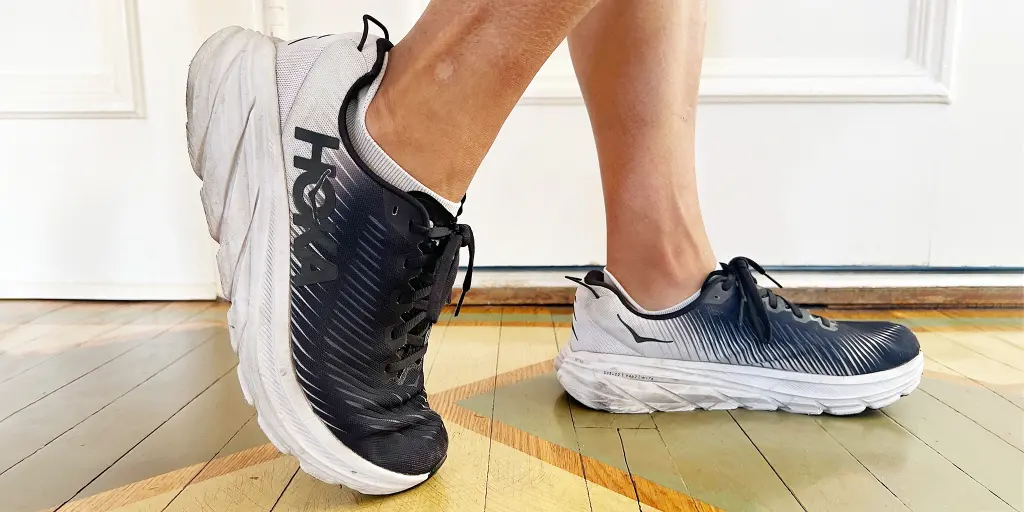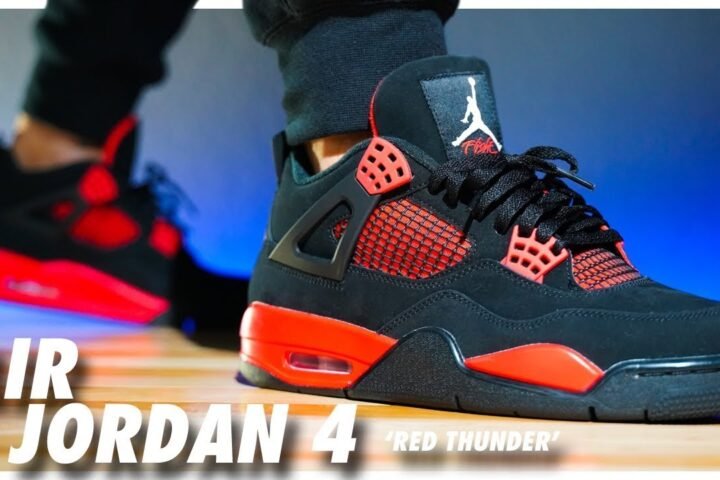In recent years, the running world has been abuzz with talk of a footwear revolution brought about by Hoka shoes. Once considered an outsider in the realm of athletic footwear, Hoka has swiftly risen to prominence, captivating runners with its unique design and promising performance benefits. In this comprehensive exploration, we delve into the history, technology, and impact of Hoka shoes, examining how they have transformed the running experience for athletes worldwide.
Origins of Hoka
Hoka, a brand founded in 2009 by Jean-Luc Diard and Nicolas Mermoud, emerged onto the running scene with a radical departure from traditional running shoe design. The founders, both former Salomon employees, sought to address the shortcomings of conventional running shoes by introducing maximalist cushioning and a distinctive midsole geometry. Drawing inspiration from their experience in trail running and mountaineering, they aimed to create a shoe that provided superior shock absorption without compromising on performance.
Innovative Design and Technology
At the heart of Hoka’s success lies its innovative design and technology. Central to the Hoka experience is the oversized midsole, which features an ample amount of cushioning material. This design element not only enhances shock absorption but also promotes a smoother ride by reducing the impact forces transmitted to the body with each footstrike. Additionally, Hoka shoes typically boast a low heel-to-toe drop, promoting a more natural footstrike and encouraging a midfoot or forefoot landing, which can help alleviate stress on the lower limbs and reduce the risk of injury.
Furthermore, Hoka employs a range of materials and construction techniques to optimize performance and comfort. From proprietary foam compounds that offer a balance of cushioning and responsiveness to seamless uppers that minimize irritation and hot spots, every aspect of Hoka shoes is meticulously engineered to support the needs of runners.
The Rise of Maximalism
Hoka’s introduction of maximalist shoes represented a departure from the prevailing trend of minimalist footwear that had dominated the market in the preceding years. While minimalist shoes prioritized lightweight construction and a low-profile design, often at the expense of cushioning and protection, maximalist shoes like those offered by Hoka offered a different approach. By prioritizing cushioning and support, Hoka sought to cater to a broader range of runners, including those seeking relief from the pounding impact of long-distance running or those recovering from injury.
The rise of maximalism sparked considerable debate within the running community, with proponents praising the enhanced comfort and protection afforded by maximalist shoes, while skeptics questioned their impact on running biomechanics and efficiency. However, as more runners embraced the Hoka ethos and reported positive experiences, the tide began to turn, and maximalism gained broader acceptance.
Impact on Performance
One of the most significant impacts of Hoka shoes has been on the performance of runners across various disciplines. By providing superior cushioning and support, Hoka shoes have enabled runners to push their limits and achieve new personal bests. Whether tackling a marathon, logging miles on the trails, or simply enjoying a leisurely jog, runners attest to the transformative effect of Hoka footwear on their running experience.
Moreover, Hoka’s emphasis on biomechanical efficiency has led to improvements in running form and technique for many athletes. The unique design of Hoka shoes encourages a more natural footstrike and promotes a smooth, efficient gait cycle. As a result, runners report feeling less fatigued during and after their runs, allowing them to maintain pace for longer distances and recover more quickly between workouts.
Expanding Beyond Running
While Hoka initially gained recognition within the running community, the brand has since expanded its reach to encompass a broader range of athletic pursuits. From hiking and walking to cross-training and everyday wear, Hoka shoes have found favor among individuals seeking comfort, performance, and style in their footwear choices.
In particular, Hoka’s foray into hiking and trail running has been met with enthusiasm from outdoor enthusiasts. The brand’s rugged yet cushioned footwear offerings provide the perfect combination of protection and comfort for tackling rugged terrain, whether scaling mountain peaks or exploring forest trails. With features like aggressive outsole lugs, durable uppers, and ample cushioning, Hoka shoes offer the support and traction needed to tackle the most challenging conditions with confidence.
The Future of Hoka
Looking ahead, the future appears bright for Hoka as the brand continues to innovate and expand its product offerings. With a growing emphasis on sustainability and environmental responsibility, Hoka is exploring new materials and manufacturing processes to minimize its ecological footprint while delivering high-performance footwear.
Additionally, Hoka remains committed to pushing the boundaries of athletic footwear design, exploring new technologies and partnerships to enhance the performance and comfort of its shoes. From advanced cushioning systems to adaptive fit solutions, Hoka is poised to continue redefining the running experience for athletes of all levels.
Conclusion
In conclusion, Hoka shoes have undeniably left an indelible mark on the running world, revolutionizing the way athletes approach their sport. With their innovative design, superior performance, and commitment to excellence, Hoka has earned its place as a leader in the athletic footwear industry. Whether you’re a seasoned marathoner, a weekend warrior, or simply someone who values comfort and quality in their footwear, Hoka shoes offer a compelling blend of style and substance that is sure to elevate your running experience. So lace up a pair of Hoka’s and hit the road or trail – your feet will thank you.
Frequently Asked Questions About Hoka Shoes
1. What makes Hoka shoes different from other running shoes?
Hoka shoes stand out due to their maximalist design philosophy. Unlike traditional running shoes that often prioritize lightweight and minimal cushioning, Hoka shoes feature oversized midsoles, providing significant cushioning and support. This unique design aims to minimize the impact forces experienced during running, resulting in a smoother ride and potentially reducing the risk of injury. Additionally, Hoka shoes typically have a lower heel-to-toe drop, promoting a more natural footstrike and potentially improving running efficiency.
2. Are Hoka shoes suitable for all types of runners?
While Hoka shoes have gained popularity among various types of runners, they may not be the ideal choice for everyone. Some runners prefer a more minimalist shoe with less cushioning, while others may find the maximalist design of Hoka shoes too bulky or cumbersome. It’s essential for runners to consider their individual preferences, running style, and biomechanical needs when selecting footwear. Trying on different models and seeking expert advice from specialty running stores can help determine if Hoka shoes are suitable for you.
3. Can Hoka shoes help improve running performance?
Many runners have reported performance improvements after switching to Hoka shoes. The generous cushioning and support provided by Hoka footwear can reduce fatigue and discomfort during long runs, allowing runners to maintain pace for extended periods. Additionally, the design of Hoka shoes may promote better running form and biomechanics, potentially enhancing efficiency and speed. However, individual results may vary, and factors such as training regimen, terrain, and overall fitness level also play significant roles in performance improvement.





